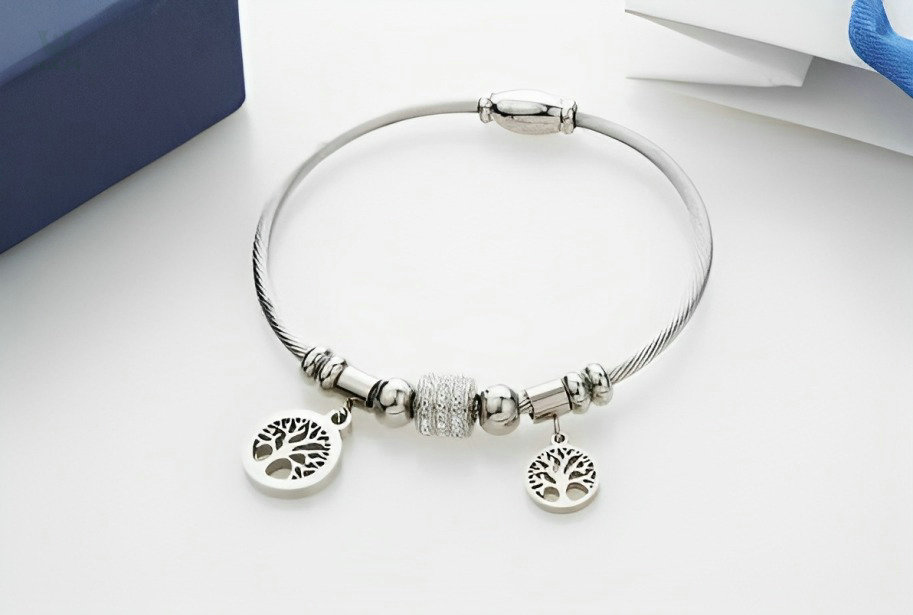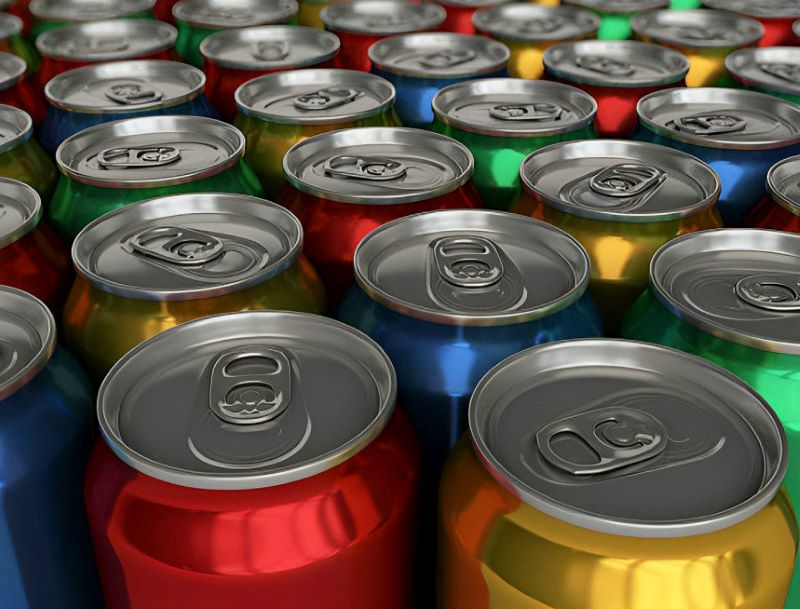Copper, the chemical symbol Cu, is an element with many properties. In nature, copper exists as a pure element or in combination with other elements. However, an interesting question exists regarding the properties of copper: Is copper a compound element or a mixture?
Is copper a compound element or a mixture?
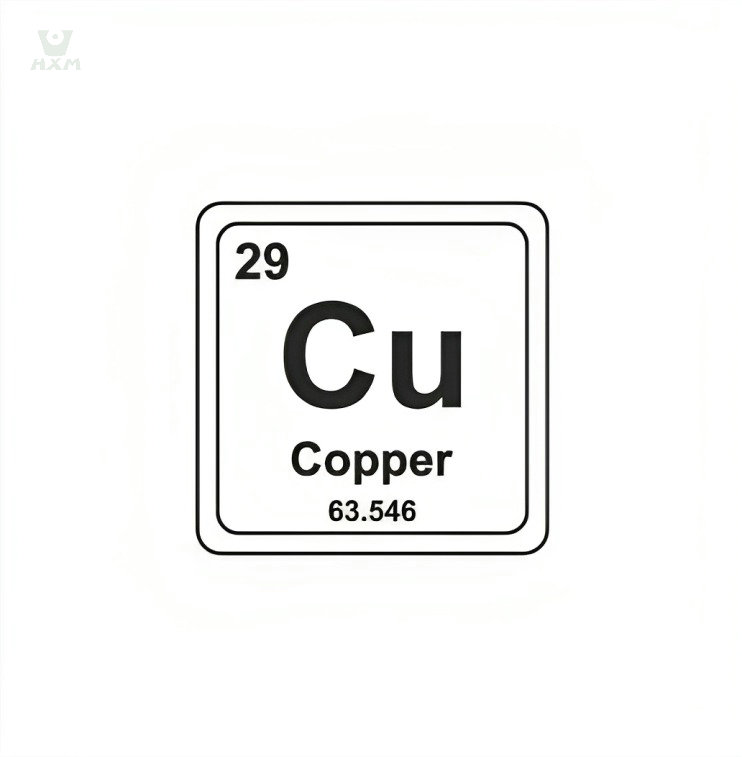
Is copper a compound element or a mixture?
Copper is an element, not a compound or mixture. In the periodic table of chemical elements, copper is represented by the chemical symbol Cu and possesses a specific atomic number of 29 and a relative atomic mass of 63.546. It belongs to the group of transition metals and is known for its unique properties, such as excellent electrical and thermal conductivity and good malleability.
A compound is a substance made up of different elements combined in a fixed ratio, while a mixture is a physical blend of two or more different substances. Copper, on the other hand, as a single element, exists in its pure form in its natural state, rather than being chemically bonded to other elements. Although copper is often alloyed with other elements such as zinc, nickel, aluminum, etc., this does not change the single-element nature of copper itself.
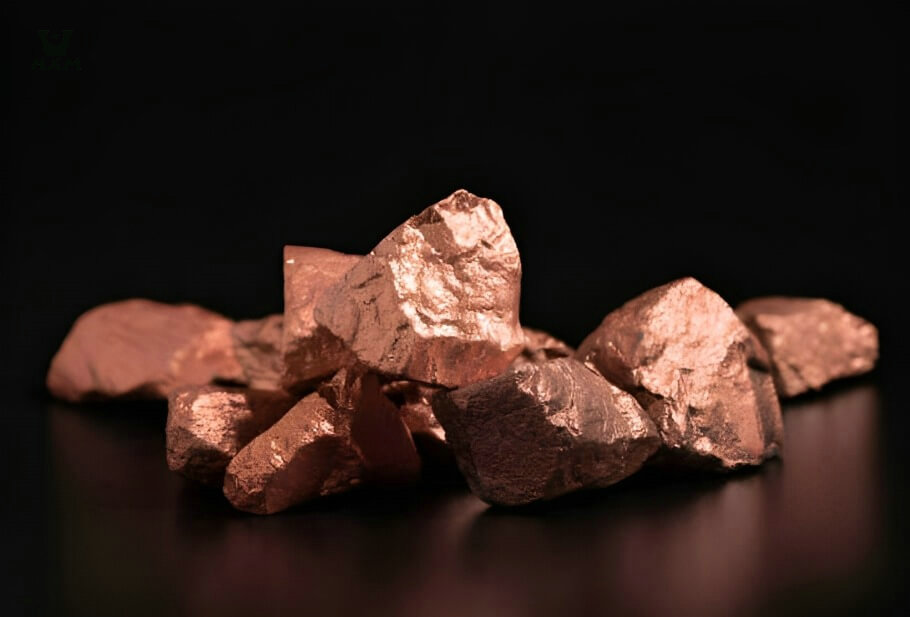
Is copper a compound element or a mixture?
The nature of copper
Copper (chemical symbol Cu) is a transition metal element in the periodic table of elements with an atomic number of 29. It is categorized as an element in the d block and is located in the first row of Period 4 of the periodic table. Copper has unique chemical properties:
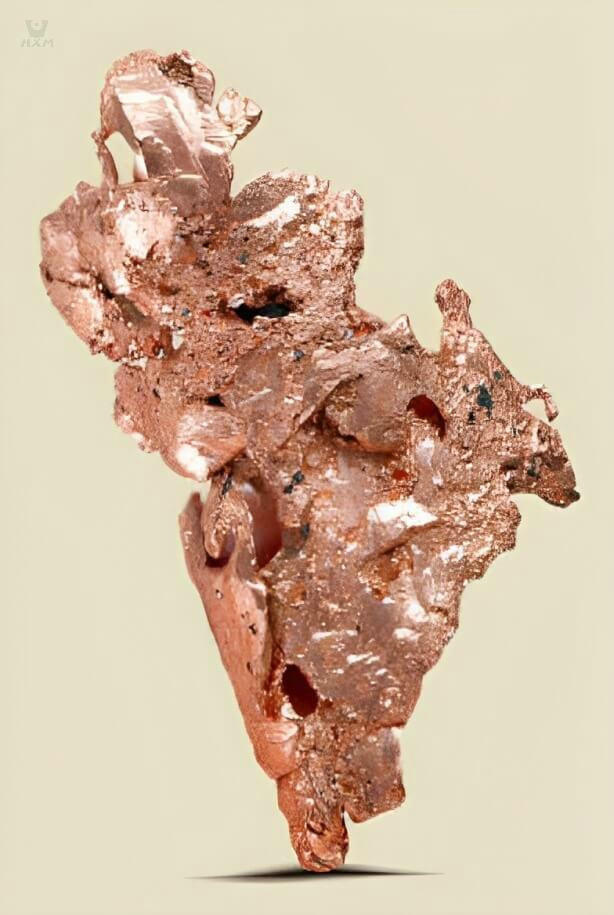
Is copper a compound element or a mixture?
Copper atoms contain 29 protons and 29 electrons, 2 of which are in the first energy level, 8 in the second, 18 in the third and 1 in the fourth, forming a stable electron arrangement.
Copper is an inert metal, not easily corroded by oxygen or water, but can react under some special conditions. It is less reactive to acids and bases.
Copper has two common oxidation states: +1 and +2. The +2 oxidation state is the most common, but copper can exist in the +1 oxidation state under certain conditions.
Copper is an excellent electrical and thermal conductor and is therefore used in a wide range of applications such as electronic equipment, electrical wiring and plumbing.
Copper is capable of forming alloys with a variety of elements, such as brass with zinc and nickel-copper alloys with nickel, thus improving its hardness, strength and corrosion resistance.
As an important industrial metal, copper has a wide range of applications in many industries, and its special chemical properties make it an ideal material for a variety of engineering and technical applications.
Copper and alloys
Is copper a compound element or a mixture?
Copper is a metallic element with a wide range of applications and can form alloys with other elements in addition to its pure elemental form. Alloys are mixtures of two or more metallic or non-metallic elements that often have physical and chemical properties different from those of the individual elements that make up the alloy.
The process of alloying copper with other elements usually involves physical mixing and chemical reactions. In the physical mixing process, copper and other elements are mixed together in solid form to form a homogeneous alloy. This mixing can be achieved through processes such as melting, rolling, and extruding.
In the chemical reaction process, copper reacts chemically with other elements to form new compounds. For example, copper reacts with oxygen to produce copper oxide (CuO), a common copper compound. In some cases, copper reacts with other elements to form compounds with specific properties, such as copper-selenium compounds with high electrical conductivity.
When copper forms alloys with other elements, these alloys usually have some unique properties and characteristics. For example, alloys of copper and aluminum have excellent electrical and thermal conductivity and are therefore commonly used in the manufacture of wires and radiators. Alloys of copper and zinc, known as brass, have high strength and corrosion resistance, and are therefore widely used in many fields, such as construction, plumbing, and valves.
It is important to note that the alloying process of copper with other elements is influenced by a variety of factors, such as the type and content of the element, temperature, pressure, etc. Therefore, when preparing copper alloys, it is necessary to select appropriate process parameters and raw material ratios to ensure that alloys with desired properties and characteristics are obtained.
In general, it is a common phenomenon for copper to form alloys with other elements, and these alloys have a wide range of applications in many fields. By understanding the formation process and property characteristics of alloys, we can better utilize the advantages of copper and other elements to create a better life for human beings.
types of copper alloys
Copper alloys are alloys composed of copper and other elements, and they can be categorized into various types depending on the other elements in the alloy. The following are some common types of copper alloys and examples of their applications:
| Copper Alloy | Composition | Applications |
|---|---|---|
| Brass | Copper + Zinc | Decoration, musical instruments, water pipes |
| Cupronickel | Copper + Nickel | Marine engineering components, pipes |
| Aluminum Bronze | Copper + Aluminum + Other elements | Wear-resistant parts, marine applications |
| Phosphor Bronze | Copper + Phosphorus | Springs, electrical components |
| Silicon Bronze | Copper + Silicon | Sculptures, artistic creations |
These copper alloys have a wide range of applications in engineering, construction, aerospace, marine engineering, etc. Depending on their composition and properties, they can meet the requirements for material properties in a variety of different fields.

Is copper a compound element or a mixture?
Composed mainly of copper and zinc, it is usually yellow in color and has good workability and corrosion resistance. It is used in a wide range of applications, for example:
- Alpha Brass: Contains a high copper content and is used for decorative items, musical instruments, and water pipes.
- Aluminum Brass: contains aluminum, seawater corrosion resistance, used in the manufacture of seawater heat exchangers and marine equipment.
Consisting mainly of copper and nickel, it is often used for corrosion-resistant components, such as:
90/10 and 70/30 Cu-Ni alloys: Containing 90% and 70% copper, respectively, they are used for piping, ship components, etc. in marine engineering.
Containing aluminum, copper, and other elements, it has good strength and corrosion resistance, and is used in important industrial fields, e.g.:
- 10% Aluminum Bronze: Used in the manufacture of wear-resistant parts such as nuts, bolts, and bearings.
- Aluminum-manganese Bronze: Contains aluminum and manganese and is used for valves and pump parts in seawater.
Containing phosphorus and copper, it has good mechanical properties and wear resistance and is used in the manufacture of springs and electrical components.
Containing silicon and copper, Silicon Bronze has high strength and corrosion resistance and is often used in sculpture and artwork.
conclusion
Copper, as an element, is not a compound or mixture. This fact clearly establishes copper as a chemical element. It has played a key role in human history and in modern applications, whether in early artifact making, the Bronze Age, or in modern high-tech fields, where copper plays an irreplaceable role.
Copper’s importance is reflected in its excellent electrical and thermal conductivity, making it ideal for use in electronic equipment, power transmission lines and building construction. At the same time, copper has unique applications in medicine, ornamentation and artwork.
In the future, with the continuous progress of science and technology, further research on copper and its alloys will continue to promote the development of the field of materials science. The emergence of more refined manufacturing processes and new application scenarios will enable copper to demonstrate its outstanding performance in a wider range of fields. The future outlook of this research will bring more innovation and progress to human society.
Thus, the status of copper as an element, its important role in history and modern times, and the in-depth exploration of its future development highlight the indispensability of copper in materials science and human life.




